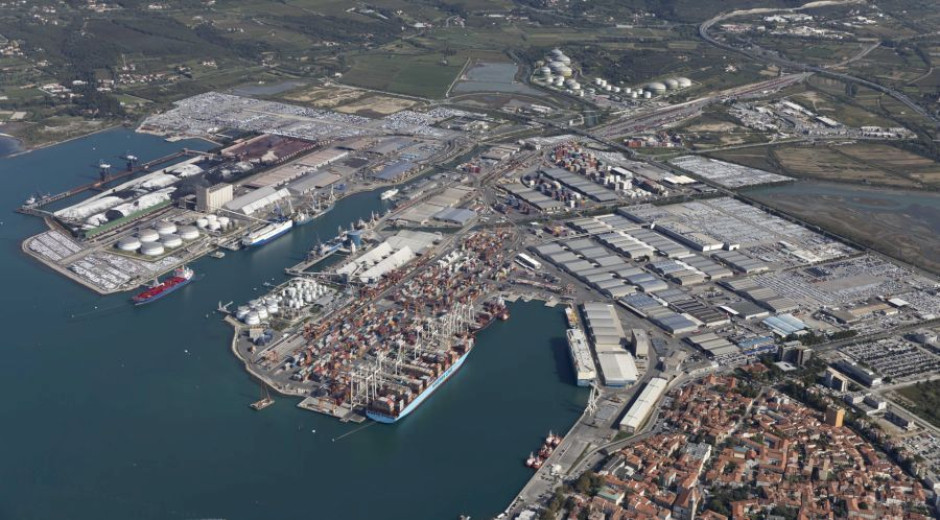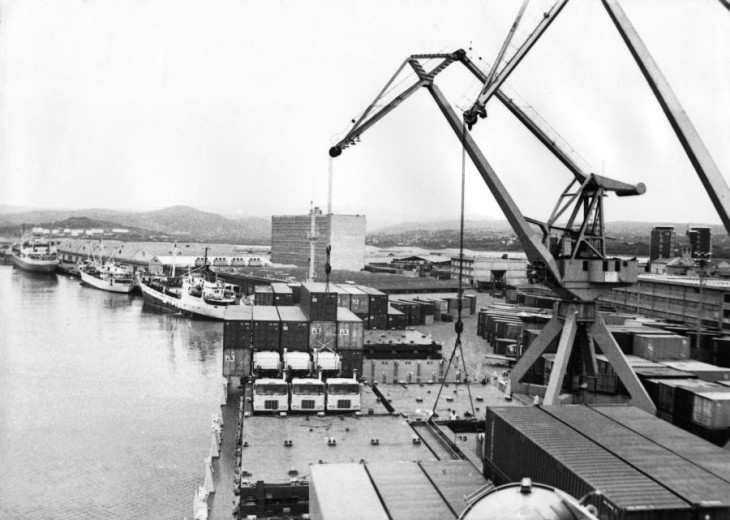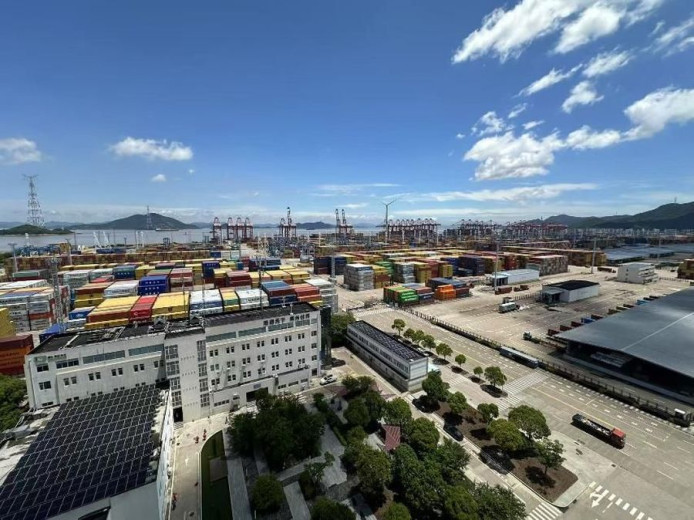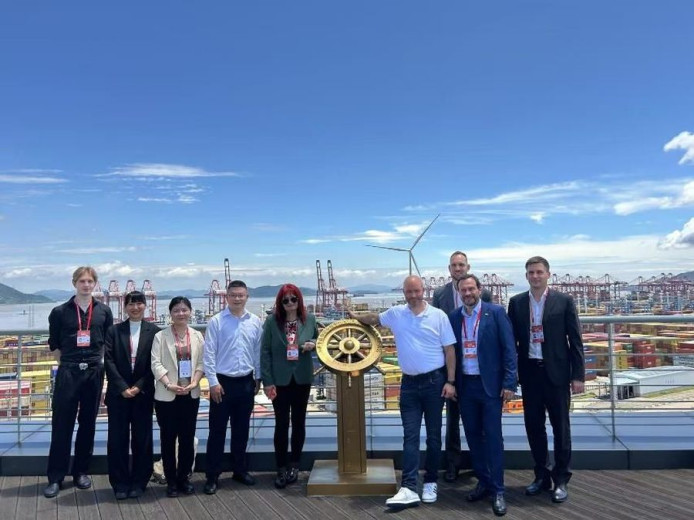Date: 23. May 2025
Time to read: 1 min
As international trade flows increasingly focus on sustainability and efficiency, cooperation between maritime ports is becoming crucial in shaping the future logistics landscape. One such example is the partnership between Port of Koper and China’s Port of Ningbo-Zhoushan, which goes beyond conventional commercial cooperation.
This is a strategic partnership that integrates economic, environmental, and diplomatic dimensions, reflecting a new chapter in Europe–Asia connectivity.
In 2018, Port of Koper formally joined the Maritime Silk Road project during the “Maritime Silk Road Port International Cooperation Forum.”
Signing a cooperation agreement with the Port of Ningbo-Zhoushan marked a recognition of Koper’s strategic role as a gateway for Chinese exporters to Central and Eastern European markets. While Port of Koper was already part of international trade flows due to its cargo volume, its formal inclusion solidified its position in the global logistics chain.
Exceptional geographic location of Port Koper is the shortest maritime route between the Mediterranean and Central and Eastern Europe, as well as the wider world.
This advantage translates into faster and more environmentally friendly cargo flows, providing Koper with competitiveness even compared to larger European ports.
-
 Through rail and road connections, Port of Koper has access to more than 500 million consumers in Europe, giving it remarkable competitiveness. Photo: Jaka Jerasa/ Port of Koper archive
Through rail and road connections, Port of Koper has access to more than 500 million consumers in Europe, giving it remarkable competitiveness. Photo: Jaka Jerasa/ Port of Koper archive
-
 Port of Koper was founded in 1957, initiating port development in an area that was largely neglected after World War II. Photo: Port of Koper archive
Port of Koper was founded in 1957, initiating port development in an area that was largely neglected after World War II. Photo: Port of Koper archive
Green and Smart Port Infrastructure
Port Koper’s commitment to sustainability is evident not only in its strategies but also in concrete actions. For over two decades, the port has pursued comprehensive waste management, marine environment monitoring, noise and light pollution control, and energy-efficient operations.
The Koper port’s very location contributes to lower emissions—shorter routes mean less energy consumption, which is key in the era of green transitions.
Historic Growth and Strengthened Ties with Asia
The establishment of the Port of Koper company in 1957 marked the beginning of a long development journey. Through strategic investments in infrastructure, railway connectivity, and gradual expansion of port capacities, Port of Koper has evolved into a reliable and modern logistics hub.
Its connection with Asia, especially China, has gained particular significance over recent decades.
Today, Port of Koper maintains regular weekly container services with the Far East. The Chinese market is important not only for containers but also for vehicle imports and exports—especially electric vehicles, a segment that has seen rapid growth in recent years.
Partnership Between the Cities of Koper and Ningbo
Economic cooperation between the ports is complemented by an institutional partnership between the City Municipality of Koper and the City of Ningbo, established in 2014. The signed agreement includes cooperation in:
- economy,
- education and science,
- culture and tourism,
- and port development.
Visits from business delegations, knowledge exchanges, and joint events demonstrate a dynamic relationship based on real collaboration—not just formal declarations.
A Hub for the Future
Today, Port of Koper is not just Slovenia’s gateway to the world but a strategic connector between European and Asian markets. In partnership with the Port of Ningbo and supported by national and local institutions, Port of Koper shows that a port is not merely a place for transshipment but a driver of innovation, green development, and international cooperation.








